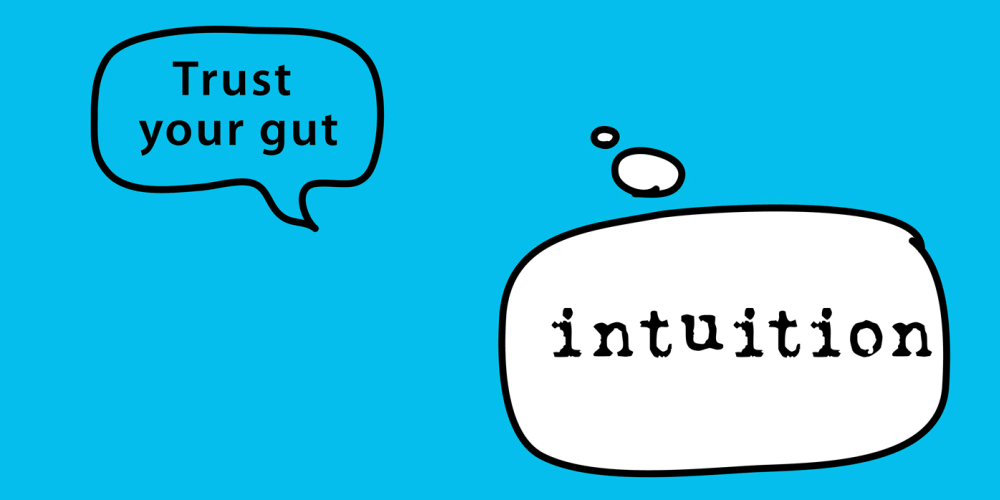The internet is full of the goods and the bads. However, the bads can surface much more often, and that is not a good thing.
Technology companies and others have tried to limit the spread of fake news and hoaxes. This is to stop conspiracies and illegitimate information from obscuring the truth. However, their implementations are not perfect, and there will always be fake news out there that can replace good knowledge with propaganda.
With people are actively using social media to seek, share and broadcast information, many people are bombarded with mislabeled statement of opinion with an unverifiable, overgeneralized, ideological claim.
If you really want to see the truth that lies behind the shadows, you need to think like fact-checkers.
Involve yourself in classifying information correctly before swallowing them yourselves, let alone hitting that "Like," "Share," or "Retweet" button.

Seek for information more than one source. If the content in question has a source, read that source, and compare the information from other sources. Seek for emotions or tones. The more a headline tries to trick you, the more likely it makes you want to click it. This is 'clickbaiting', and most does not have legitimate information to say.
To fact-check, you need to move away from the original text, and seek for more information regarding the content's credibility.
You can judge the data from the author, the website, and also the sources it sites.
The Four Moves And A Habit
Mike Caulfield, director of blended and networked learning at Washington State University in Vancouver, has distilled this approach into what he calls "Four moves and a habit."
- Check for previous work: Look for others that have fact-checked the claim. You can use Wikipedia, Snopes, Politifact and NPR's own Fact Check website.
- Go upstream to the source: Track back the information to get to the original source. Is it a reputable scientific journal? Is it from a news made by a well-known publisher?
- Read laterally: Once you get to the source of a claim, read what other people say about the source.
- Circle back: If you get lost or hit dead ends, go back up and start over again.
And according to Caulfield, one of the most important weapons of fact-checking comes from inside the reader: "When you feel strong emotion — happiness, anger, pride, vindication — and that emotion pushes you to share a 'fact' with others, STOP."
So if you see information that seems to be designed to short-circuit your critical thinking, this is usually a deception that tries to blind readers from the facts. This strategy is often found on fake news.
Speed Vs. Accuracy

Being fast is a good thing. A breaking news for example. It aims to tell the audience about something that has just happened, and try to convince people that the situation should publicly be known.
However, breaking news can spread like wildfire.
Since we know that most contents on the web aren't original, understand the speed of how a news spread. Usually, the faster an information spread, it will have many different versions with added opinions, that will then be quoted and countered by other opinions and claims.
This will obstruct the original story, making the information less legitimate.
To fact-check the situation, think for a minute or two. Know that within a timeframe, lie can travel around the world much more quickly, and the truth won't get far because people need to digest it first. Half-truths and misstatements, are usually shared and spread entirely unchecked.
Double Check
It's suggested that reading a complete story before posting can help you spot fake news.
Sometimes a headline can seem legitimate, but the sources that are being quoted, bad grammar and unfocused content can be the evidence of fake news.
If you're using search engines, try copying and pasting a photo then find the image. This can help you find out if the person sharing the story in real, or using a picture from whatever he/she finds on the internet.
Check the URL and the domain name. Know who owns it, and whether it has influence and has frequently cited as sources by others. Seek for the author that created the post. Who is he/she? A real journalist? A blogger? Or just a casual social media users, or maybe a bot?
Double checking allows you to understand the flow of information, and go higher up to the first person who wrote the post. There you can trust your guts to conclude whether that content is the truth, or just plain hoax.